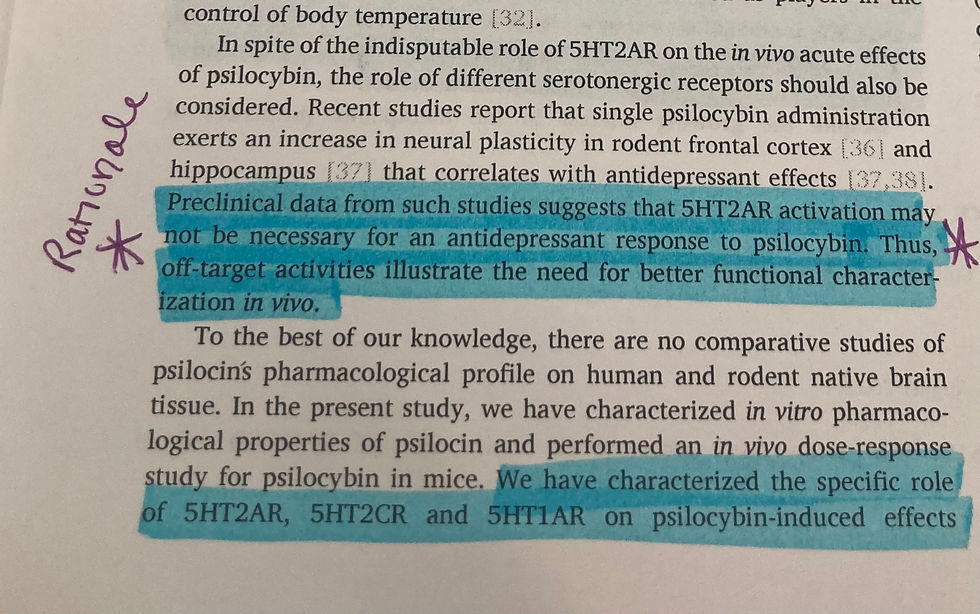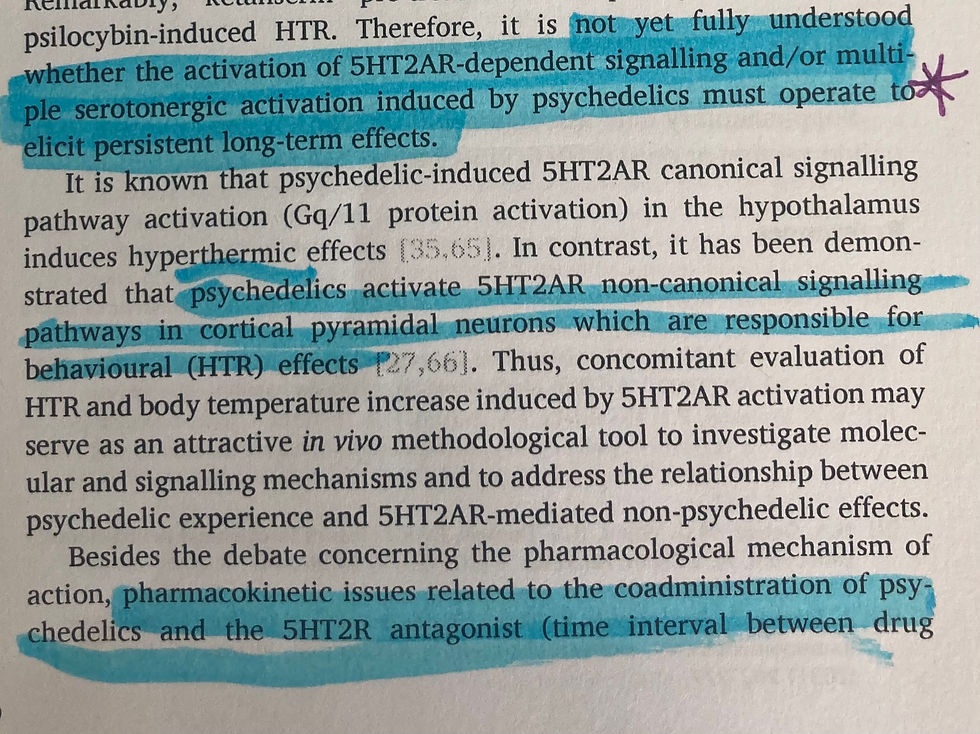A Guide to Understanding Scientific Research Articles
- yourbrainscience
- Sep 20, 2022
- 2 min read
1. Skim

Read the title, abstract and major headings/subheadings before diving into the introduction. This is important because it allows you to take note of the main research research question and gives a general overview of what the article will be about. The abstract usually provides a great summary of the article, including the main questions and conclusion.
2. Read the Intro
Start with the introduction and see if the background information they are giving makes sense for the research question they are asking.

Some questions to ask yourself:
Do I understand the point of the paper?
Why is this research important?
Does the research question make sense?
3. Figures & Results
Typically the figure legends have a one sentence conclusion about the point of the figure. The legend will also discuss how many subjects, what method was done and what statistics were used. A good study should provide figures that are clear, concise and the results should be easy to interpret from the graphs being shown. Some questions to ask yourself:
Can I tell the conclusion of the graph with what is provided in the figure legend?
Do the comparisons they are making answer the question they are asking?
Can I summarize the result or point of the figure?

After you have your own interpretation of the data, read the results section to see how they interpreted the same data. Look for overarching conclusions which typically state causation for things that can't be directly proven. This will sometimes also point out flaws in statistical comparisons.
Often times there are some things here that need to be clarified like group size, some variables in the experiments themselves. This is where the methods section comes in handy to help better understand the interpretations. Google is your friend when trying to understand a research article, look up definitions you aren't sure about!
4. Interpret
Finally we are in the discussion section. The thing to look for here is if they address the reasons why their study could be interpreted differently and how they address these alternative hypotheses. The discussion and conclusion section can sometimes be written matter of fact, but this is just the researchers interpretation of the results. If you got something completely different than they did, that's a red flag.

Some questions to ask yourself:
Are the authors' conclusions really reflective of the results?
Does the question that they are asking make sense with the conclusion?
Is it an overgeneralization?
Some Final Thoughts
Researchers get excited about their work and spend a lot of time working on experiments and writing these articles, but sometimes things can be missed. That's why its so important for other scientists and readers to be critical about the research and to determine the extent of which the research influences the lives of others. It’s also the responsibility of the researchers to be careful and critical as much as they can to make sure that research is a benefit to the public and putting out as much factual information as possible.
To that end, always remember to check the conflicts of interest and disclosure statements of the authors. Sometimes, you might understand why they've drawn certain conclusions from their research.

Understanding scientific literature isn't a skill that happens overnight, it takes a lot of practice. Don't be discouraged and keep on truckin!








Comments